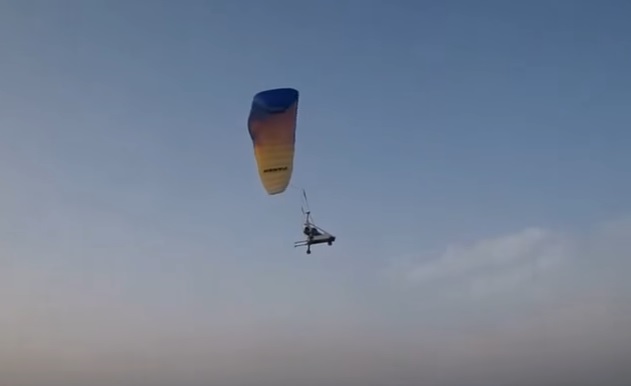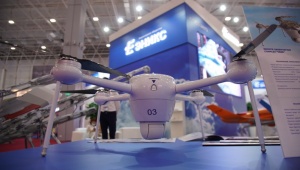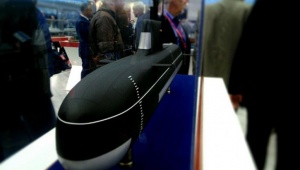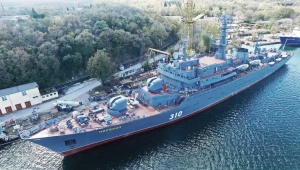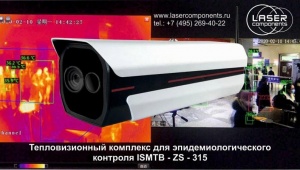"The purpose of our project is to create a prototype automated control system for paraglider-based UAVs", Serey Akhramovich, the project manager shared with Mil.Today.
Teaching staff of Faculty 604 "System Analysis & Control" of the Airspace Department No. 6 headed by Prof Veniamin Malyshev, PhD are involved in the RD project, as well as students and associate professors. For that purpose, students established a special design bureau named Generation.
The UAV glides in the air on the flexible parachute wing and is powered by electric motor, controlled by servo drives on steering cords and the autopilot system.
The unmanned paraglider is designed for testing of different kinds of equipment in flight conditions. The solution advantages are long flight time, heavy payload weight, low-cost production, mobility and simplicity of operation, full self-sufficiency and night-flight capability. In case of emergency onboard, the paraglider can perform soft landing and prevent cargo crashing, in contrast to other UAVs.
To take off, the vehicle needs only 20-30 meters and three men, two of them to unfold the wing and the third one to control engine thrust at the takeoff stage. The UAV paraglider is capable to glide in air streams by reducing the engine load and extending the flight endurance.
The device is equipped with onboard microcomputer, sensors, GPS- and GLONASS-receivers. The flight program and flight are uploaded on the onboard computer.
Technical features depend on the UAV wing size. With the wing area of 3 sq meters, payload weight is 15 kg; 40 sq-meter wing carries 150 kg. The stand-alone flight lasts from 3 to 6 hours (fair air streams extend the flight time).
"The Israeli company named Bluebird Aero Systems developed the unmanned powered parachutes as well", commented the UAV expert Denis Fedutinov. "Key advantages of the soft-winged vehicles are their low cost and safe emergency landing. Major drawback is limited use in adverse weather conditions, which negatively affects their popularity".
The UAV control system was tested on the amateur-class tandem paraglider. Another promising trend of the project development is spraying chemicals on agricultural fields. An-2 airplanes and gliders perform such missions today.
Russia to Create UAV Paraglider
The Moscow Aviation Institute is designing a paraglider-based unmanned aerial vehicle. The project will be completed in October 2019. According to designers, the unmanned paraglider will be capable to stay in the air up to 6 hours and carry 15-150 kg payload, depending on wing area.














